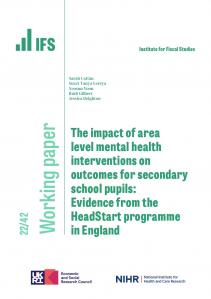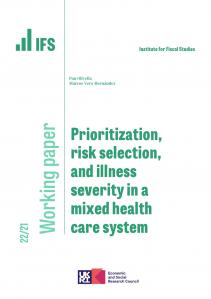You may not have marked it in your diary yet, but the big news for us fiscal nerds is that we now know the date of this year’s autumn statement (November 22, since you ask). I’m grateful to Jeremy Hunt, the chancellor, for getting the date out there early. After the plethora of rather rushed fiscal events over recent years, it’s nice to feel at least a semblance of calm and normality.
It’s interesting, though, that we are getting an autumn statement and not a budget. Stated policy is that we should get budgets in the autumn and rather small non-events called spring statements in the spring. At least that’s what Philip Hammond (remember him?) said was the plan back in November 2016 and, as far as I am aware, no subsequent chancellor has “unsaid” it.
Here’s my response the day after that announcement: “No more autumn statements. Hurrah. If there has been any promise made by any chancellor I have been able to welcome more warmly I can’t remember it . . . We have had far too much, far too bad, policy in budgets, autumn statements and pre-budget reports over the years. The temptations for chancellors to use their two days to make too many headline-grabbing announcements is great indeed.” Naive fool that I am.
It’s been quite the guessing game since then. By my count, we’ve had three autumn budgets, four spring budgets, two autumn spending reviews, three spring statements, one autumn statement, one (disastrous) mini-budget and one summer economic update since then. It’s quite possible I’ve miscounted somewhere along the line.
As a purveyor of fiscal and pre-budget analysis, this is frustrating, but the point made in my over-excitement in the autumn of 2016 was a serious one. No other country feels the need for two big fiscal events every year. They have become an engine for an over-proliferation of measures, generating instability and confusion.
The time and energy spent on these events would be better-focused on setting longer-term strategies, consulting on reforms and improving the policymaking process. Chancellors do too much, too quickly and the more fiscal events we have, the more they are likely to do, the less well-thought-out their measures are likely to be and the greater the chances they will regret something and perform an embarrassing U-turn.
This time, with an election due within a year or so, you can see the temptation to take two opportunities to grab the limelight, perhaps with the big announcements to come in the spring so that they are fresher in our minds when we go to the polls. Whether that will do those making said announcements any good is another question entirely.
The election will be at the forefront of Hunt’s mind. He has been under pressure from some of his backbenchers to offer pre-election giveaways in the form of tax cuts. Pre-election tax cuts have worked before: those of us of a certain vintage might recall Norman Lamont’s pre-election budget in 1992. It was a nice juicy giveaway and it helped the Conservatives to win that year’s election. But we are more likely to remember the very big, very unpopular tax rises he had to announce after that election. As he put it, his pre-election budget was his best politically and worst economically, while his post-election budget was his best economically and worst politically. Therein lies the rub.
Those pressing the case for tax cuts may feel that their case has been bolstered by the public finances being stronger than expected over this year. Hunt has been right to push back against such siren calls.
Nothing he conceivably can do will stop this being a parliament in which taxes have risen, a lot. And the room for tax cuts from here depends not so much on what is happening to the public finances right now but rather what is likely to happen to them over the next few years.
They are not going to look healthy. Debt will remain at its highest level in generations, while high interest rates mean servicing that debt has become far more expensive than it was only a couple of years ago. And here’s an apparent paradox. The statistical upgrade to national income with which the Office for National Statistics has surprised us makes it less likely that the OBR will be presenting the chancellor with improved forecasts.
This year’s public finances look better than expected in part because tax revenues have been coming in faster than anticipated. Some of that is to do with higher inflation, which will hurt the public finances later on, but some of it looked unexplained, given what we thought we knew about economic growth. That might have prompted forecasters at the OBR to decide that our economy was more tax-rich than they had thought and hence to increase their view of future revenues. Now that we can explain more of the revenue growth, they are less likely to do that. The statisticians’ apparent largesse may turn out to make the chancellor’s headache worse, not better.
The bigger picture is that statistical revisions or no, the chancellor will have one almighty fiscal headache. Even with some pretty fancy footwork — implausibly tight spending plans, phantom increases in fuel duties, supposedly temporary tax cuts — he was barely on course to stabilise debt back in March.
Meanwhile, spending commitments are piling up. Take only one, the NHS workforce strategy (there are many, many more). Published in the summer to widespread acclaim, by itself it implies spending increases in the order of 2 per cent of national income per year within little more than a decade. Given our present fiscal position, it is hard to see how anyone can simultaneously believe that we should do this and that we should cut taxes.
This article was first published in The Times and is reproduced here with kind permission.









